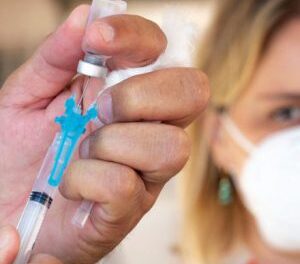Antibiotics have revolutionized modern medicine, making previously deadly infections treatable and enabling complex medical procedures. Yet, the development of new antibiotics has stagnated, even as antimicrobial resistance (AMR) threatens to undermine decades of progress.
Antibiotics, which target harmful microbes like bacteria, fungi, and parasites, are foundational to healthcare. However, the widespread and often inappropriate use of these medicines has led to the rise of drug-resistant infections, which claim millions of lives annually. Without action, AMR could result in 39 million deaths by 2050, according to projections. Despite the urgent need for new antibiotics, the pharmaceutical industry has largely turned away from this field.
The Challenges of Antibiotic Development
Developing a new antibiotic is a long, costly, and uncertain process. It can take 10 to 15 years and cost over $1 billion to bring a new drug from discovery to market. Compounding the challenge, new antibiotics are typically reserved as “last resort” treatments to prevent the development of resistance, limiting their profitability.
“Antibiotics are relatively inexpensive compared to other medicines, and their restricted use means companies often struggle to recover development costs,” explains a researcher at the Ineos Oxford Institute for Antimicrobial Research.
Furthermore, finding compounds that effectively kill pathogens without harming patients is extraordinarily complex. Researchers must ensure the drug reaches the site of infection in sufficient concentration while minimizing side effects.
Innovations and Solutions
Despite these challenges, progress is being made. Universities and small biotech firms are leading efforts to discover and develop new antibiotics. At the Ineos Oxford Institute, researchers are working on combination therapies that enhance the effectiveness of existing antibiotics.
Combination therapies involve using two or more drugs together: one acts as the antibiotic, and another protects it from resistance mechanisms. Recent breakthroughs include a “triple combination” therapy that has shown promise against a wide range of drug-resistant bacteria.
Meanwhile, governments and public health bodies are exploring new funding models to incentivize antibiotic development. The UK, for example, has pioneered a subscription-based approach where healthcare providers pay a fixed fee for antibiotics based on their utility rather than usage volume.
A Call for Collective Action
Addressing AMR requires a unified global effort. Governments, pharmaceutical companies, and public health organizations must work together to support research and ensure a sustainable pipeline of antibiotics.
“The fight against antimicrobial resistance isn’t just about science—it’s about creating systems that make antibiotic development viable,” says the researcher.
As the threat of AMR grows, developing new antibiotics is no longer just a medical challenge; it is a moral imperative for safeguarding global health.











